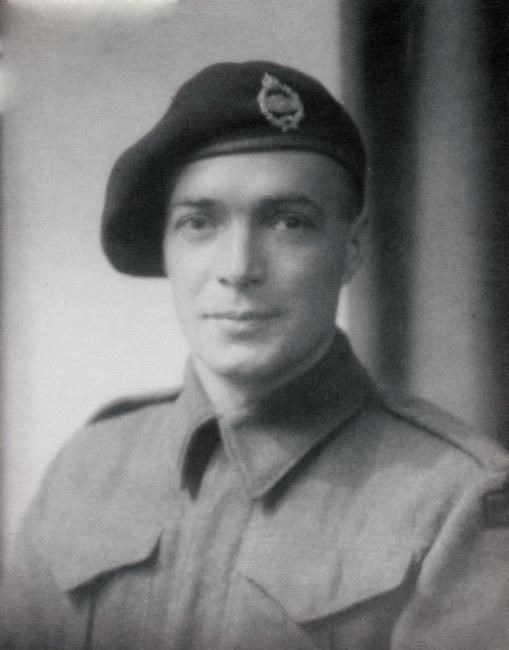OTTAWA — A Canadian soldier buried in a nameless grave in the Netherlands near the end of the Second World War has been identified 75 years later, the Department of National Defence said Monday.
Trooper Henry George Johnston's identity was confirmed under a program dedicated to identifying newly found skeletal remains and Canadian service members who were buried anonymously.
Sarah Lockyer, an anthropologist and casualty identification coordinator at the Department of National Defence, said research in archival and historical information confirmed Johnston's identity.
Johnston was buried as an unknown soldier in 1945 in the Commonwealth War Graves Commission’s Mook war cemetery in the Netherlands.
"The headstone had basic information on it. It was a soldier from a Canadian regiment and had a date of death," she said.
After training in Ontario, the Alberta-born Johnston arrived in the United Kingdom in July 1944. He was killed in Operation Blackcock in the Netherlands the following January, a fierce fight to push German troops east across a major river.
Starting with that information, researcher narrowed down the soldier's identity using historical documents.
"We're looking at any historical information that we can find. Things like war diaries, grave concentration and registration reports, casualty cards," Lockyer said. "For Trooper Johnson, that's exactly what happened."
National Defence Canada says Johnston's family was notified of his identification and provided with support.
The department says a headstone rededication ceremony will take place at the cemetery in Limburg, in the Netherlands.
"It's all about returning a name to an individual who has remained an unknown person," Lockyer said. "This individual died in combat, gave his life for Canada and the Canadian Forces at the time. And we kind of owe it to this individual to try as much as we possibly can to return his name."
There are more than 27,000 Canadian service personnel from the First and Second World Wars and the conflict in Korea without known graves, she said.
Lockyer said the Casualty Identification Program started in 2007 but it's become more systematic in putting names to graves and remains since 2019.
"We are now starting to put in much more regulated processes into making that happen," she said.
Johnston is the second Canadian soldier identified under this program this year. Lt. John Gordon Kavanagh's grave in the Netherlands was identified in January.
The department is working on identifying 47 unknown Canadian soldiers' graves and 45 sets of remains that have been discovered as well, Lockyer said.
Thirty-one Canadians' remains have been identified since 2007, Lockyer said.
The successful identification of Johnston shows that it's possible to identify soldiers buried in an unknown graves even without examining remains, she said.
"There's other ways that we can do identification as well, when there's enough historical and archival material that supports the identification of a previously unknown grave that now becomes one with a name on it," she said.
This report by The Canadian Press was first published Nov. 2, 2020.
———
This story was produced with the financial assistance of the Facebook and Canadian Press News Fellowship.
Maan Alhmidi, The Canadian Press



